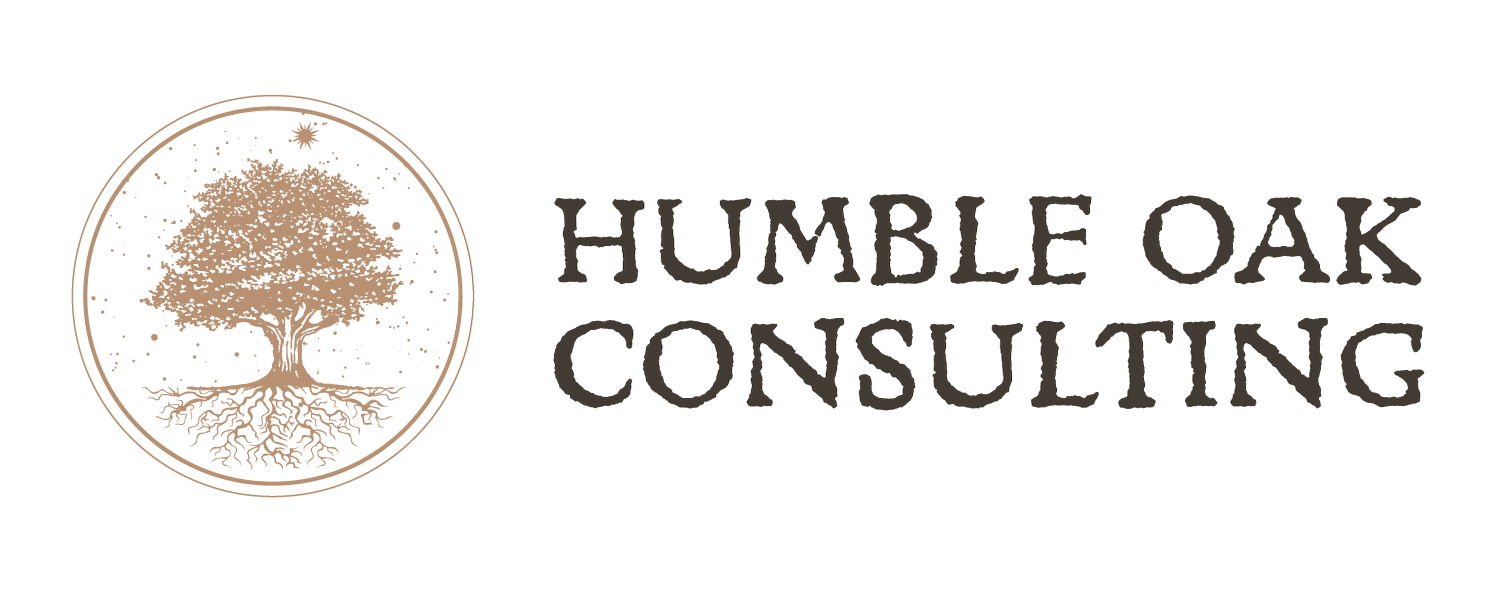IMPROV WISDOM
Recently, I worked with a team at our local hospital, Dartmouth Hitchcock, as they began their strategic planning process for the upcoming year. The goals of the time I spent with them at the start of their retreat were to build connection, increase creativity, and empower each person to share their unique views so that the brainstorming session they held next would yield as much good thinking as possible. As I thought about how I could support these objectives, I reflected on the most popular of the sessions I led with my teachers back in my days as a principal. A few specific sessions came easily to mind: one was Strengthsfinder, where we used Gallup’s assessment to map the strengths of our team, and the other was an improv session where we drew from Patricia Ryan Madsen’s book Improv Wisdom.
I decided Improv Wisdom was the thing for encouraging communication and promoting creativity. I planned three sets of improv exercises that each allowed the group to test out a specific concept from improv. The first set of exercises was about noticing. How can groups communicate nonverbally? What is lost when we only see each other’s faces on Zoom? How can we read the emotional climate of the people we’re with even when nothing is said? The second set of exercises was about the improv principle, “Say Yes.” What happens when we say, “yes, and…” instead of “yes, but?” How does getting started beget better and better solutions? The final set was about working WITHIN the box. While so many of us feel pressure to come up with something big and groundbreaking, oftentimes our own innate diversity coupled with our unique situation holds a solution that is creative and unique. How can getting inside the rules or constraints actually help us come up with the perfect solution? (You can read more about how improv can be applied to professional collaboration here.)
As I planned the session for the group, I found myself getting so excited to actually lead a session in person. Shortly before the retreat day, my contact on the team mentioned, “Oh, and our group is mostly introverts.” With that fact in mind, I questioned whether I should adjust the plan or just bring all my middle-school-shyness-busting enthusiasm. I stuck with the plan, feeling that perhaps it’s especially valuable to change up the trends in a group right before talking about the vision for the year ahead. I saw the skepticism in faces around the table when I said the word “improv.” During our first exercise I saw members of the group looking at each other to gauge how much other teammates were getting into it. But as the exercises unfolded the atmosphere quickly dissolved into laughter. Members of the team were helping each other remember the rules, think of something when someone got stumped, and acting with vigor. I felt I had cracked the facade of professionalism when several of my participants began rolling around on the floor as they acted out their part of a scene.
Later that day, I got a text from the leader of the team. “It was amazing,” she said. “Thank you for doing a great job. It perfectly set the stage for the rest of the meeting!” I had spent the remainder of the day smiling, thinking about the enthusiasm of her team and the way that their personalities shone through in our two hours together. It left me feeling firstly thankful, to have the chance to lead an in-person session, albeit outside, and secondly wondering. So much of the professional development I led at Summit was about creating better essential questions, utilizing space thoughtfully in a classroom, technical things that ended with takeaways and action items. But as I thought about the best of the best sessions I’d led in the past, none of them were tactical. They were all about building connections, finding ways to bring our true selves to work. It’s not to say a good seating chart designed for your subject isn’t important. But I guess I am saying that learning ways to do that is far less impactful than connecting with your colleagues and reflecting on how seemingly unrelated experiences can actually shine a light on who we are and why we do our work.
I’m curious to hear: what are the most profound learning experiences you’ve ever had?



